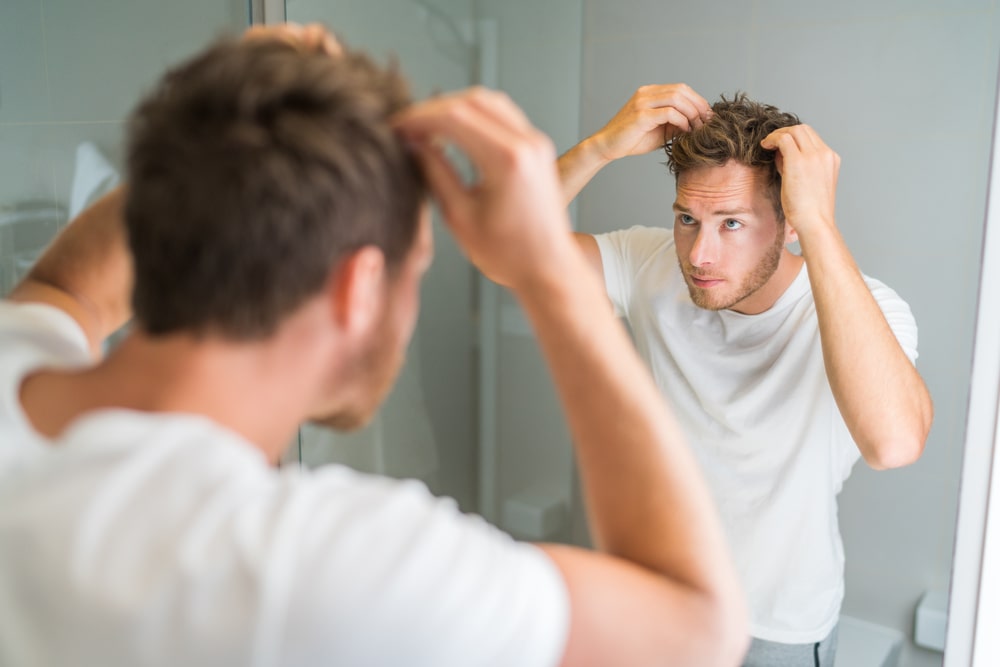Effective PRP Hair Restoration Therapy
#1 Hair Loss Treatment in GTA
Platelet Rich Plasma (PRP) is a cutting-edge natural therapy that capitalizes on the remarkable regenerative potential inherent in our platelets to induce repair and stimulate the generation of new tissue. This therapy has gained significant attention and popularity in recent years due to its effectiveness in various medical and cosmetic applications. One of the most notable uses of PRP therapy is in hair restoration, where it has shown promising results in strengthening and revitalizing hair.
The fundamental principle behind PRP therapy involves harnessing the body’s own healing mechanisms. Platelets, which are a component of blood, play a crucial role in the body’s natural healing process. They contain a variety of growth factors and proteins that promote cellular regeneration and tissue repair. By concentrating these platelets and injecting them into targeted areas, PRP therapy can stimulate the body’s natural healing response and enhance the repair process.
In the context of hair restoration, PRP therapy works by stimulating the hair bulb environment. The hair bulb is a critical structure located at the base of the hair follicle, responsible for hair growth. By increasing blood supply and enhancing the proliferation of hair follicle cells, PRP therapy helps to create a more favorable environment for hair growth. This results in stronger, healthier hair that is less prone to thinning and breakage.
The procedure for PRP hair restoration is straightforward and minimally invasive. It begins with the collection of a small sample of the patient’s blood, typically just a few milliliters. This blood sample is then placed in a centrifuge, a machine that spins at high speeds to separate the different components of the blood. The goal of this process is to concentrate the platelets in a small volume of plasma, which is referred to as platelet-rich plasma.
Once the PRP is prepared, it is carefully injected into the scalp using a thin needle. The injections are strategically placed in areas where hair thinning or loss is most prominent. Because the PRP is derived from the patient’s own blood, there is minimal risk of allergic reactions or adverse side effects. This autologous nature of PRP therapy is one of its most significant advantages, making it a safe and natural option for many patients.
The regenerative properties of PRP are not limited to hair restoration. PRP therapy has been widely used in various medical fields to accelerate healing and promote tissue regeneration. For instance, in orthopedics, PRP injections are commonly used to treat tendon injuries, such as tennis elbow or Achilles tendonitis. The growth factors released by the platelets help to speed up the healing process and reduce inflammation, allowing patients to recover more quickly and effectively.
Similarly, PRP therapy has shown promise in the treatment of osteoarthritis, a condition characterized by the degeneration of joint cartilage. By injecting PRP into the affected joints, patients have experienced significant pain relief and improved joint function. The growth factors in PRP help to repair damaged cartilage and reduce inflammation, providing a natural and effective alternative to more invasive treatments such as surgery.
In addition to its medical applications, PRP therapy has also gained popularity in the field of aesthetics. The regenerative properties of PRP make it an excellent option for facial rejuvenation and skin care. When injected into the skin, PRP can stimulate collagen production, improve skin texture, and reduce the appearance of fine lines and wrinkles. This has led to the development of the “vampire facial,” a cosmetic procedure that uses PRP to achieve a more youthful and radiant complexion.
The versatility of PRP therapy extends to wound healing as well. PRP has been used to treat chronic wounds, such as diabetic ulcers, which are often challenging to heal with conventional treatments. The growth factors in PRP promote the formation of new blood vessels and accelerate tissue regeneration, leading to faster and more effective wound healing.
The safety and efficacy of PRP therapy have been supported by numerous clinical studies. Research has shown that PRP can significantly improve hair density and thickness in patients with androgenetic alopecia, a common form of hair loss. Similarly, studies have demonstrated the positive effects of PRP on tendon healing and pain reduction in patients with chronic tendinopathies. These findings underscore the potential of PRP therapy as a valuable tool in both medical and cosmetic treatments.
Despite its many benefits, PRP therapy is not without limitations. The effectiveness of PRP can vary depending on several factors, including the patient’s overall health, the severity of the condition being treated, and the specific protocol used for PRP preparation and administration. Additionally, while PRP therapy is generally considered safe, it is essential to have the procedure performed by a qualified and experienced healthcare professional to minimize the risk of complications.
Furthermore, the cost of PRP therapy can be a consideration for some patients. While it is less expensive than surgical interventions, the cost of multiple PRP sessions can add up, especially since the treatment may need to be repeated periodically to maintain results. However, many patients find the investment worthwhile due to the natural and long-lasting benefits of PRP therapy.
In conclusion, Platelet Rich Plasma (PRP) therapy is a natural and innovative treatment that harnesses the body’s own regenerative capabilities to promote healing and tissue repair. Its applications in hair restoration, orthopedics, aesthetics, and wound healing have made it a versatile and valuable tool in modern medicine. By concentrating the platelets and their growth factors, PRP therapy can stimulate cellular regeneration, improve blood supply, and enhance tissue repair, leading to stronger, healthier hair, reduced pain, and improved overall wellness. As research continues to explore the full potential of PRP, it is likely that its applications and benefits will expand, offering new hope and possibilities for patients seeking safe and effective treatments.
How Does PRP Help Restore Missing Hair?
Male pattern baldness occurs when hair follicles in the scalp stop producing hair. This common condition can be distressing, but there is promising treatment available: Platelet-Rich Plasma (PRP) therapy. PRP therapy involves injecting platelet-rich plasma, derived from the patient’s own blood, into the scalp. The growth factors in the plasma have been shown to stimulate the growth of new hair follicles and reactivate dormant ones, potentially reversing the effects of baldness.
The typical PRP treatment course involves three sessions, spaced several weeks apart. Patients often start to see noticeable results within six months. The process begins with drawing a small amount of the patient’s blood, which is then processed to concentrate the platelets. This concentrated plasma is injected into the scalp using a fine needle. Because the plasma is autologous, meaning it comes from the patient’s own body, the risk of allergic reactions or side effects is minimal.
PRP therapy is not only effective on its own but is also frequently used in conjunction with hair transplants. After a hair transplant, PRP injections can help encourage growth in the newly transplanted hair as well as in the surrounding dormant follicles. This combination can enhance the overall results, leading to a fuller and more natural-looking head of hair.
In summary, PRP therapy offers a promising solution for male pattern baldness by stimulating hair follicles and promoting new hair growth. With a typical treatment course involving three sessions and results visible within six months, it provides a natural and safe option for those seeking to combat hair loss. Additionally, when used alongside hair transplants, PRP can significantly enhance the success and aesthetic outcome of the procedure, providing patients with a comprehensive approach to hair restoration.
Are There Any Side Effects From PRP?
All medical procedures come with some potential risk of side effects, and Platelet-Rich Plasma (PRP) therapy is no exception. However, PRP therapy is generally considered safe, particularly because it uses the patient’s own blood, minimizing the risk of adverse reactions. The most commonly reported side effect is tenderness in the scalp following the treatment. This tenderness is typically mild and subsides within a few days.
Other side effects that some patients experience include swelling at the injection site, itching, and headaches. These symptoms are usually temporary and manageable with over-the-counter pain relievers or anti-inflammatory medications. In some cases, patients may notice a small amount of bleeding at the injection site shortly after the procedure. This bleeding is typically brief and stops on its own without the need for medical intervention.
Despite these potential side effects, it is important to note that they are generally mild and short-lived. The risk of serious complications is extremely low. Since PRP is an autologous treatment, meaning it is derived from the patient’s own body, there is no risk of allergic reactions or the transmission of infections, which can be concerns with other types of injections or treatments.
In summary, while PRP therapy does come with some potential side effects, they are usually minor and temporary. The most common issues reported include scalp tenderness, swelling, itching, headaches, and brief bleeding at the injection site. These effects are typically mild and resolve on their own. No major or life-threatening side effects have been associated with PRP therapy, making it a safe and effective option for many patients seeking treatment for hair loss or other conditions.
How Long Will I Experience Regrowth Benefits from PRP?
It typically takes between six months and a year to see noticeable results from Platelet-Rich Plasma (PRP) therapy for hair restoration, although some patients report improvements as early as three months. To maintain these results, additional treatments are often recommended every six months to a year. During this period, regular photographs will be taken to track your progress and clearly demonstrate the effectiveness of the treatment.
Research indicates that PRP is a promising treatment for male pattern baldness, with many studies showing positive outcomes. However, ongoing research is still being conducted to fully understand its long-term efficacy. If you have any questions or concerns about PRP therapy, please do not hesitate to call our office or visit our clinic. We are here to provide you with the information and support you need.
In summary, while it may take several months to see significant results from PRP therapy, the treatment offers a promising solution for hair restoration. Regular maintenance sessions and progress tracking through photographs can help ensure you achieve and maintain the desired outcome. For more information or to schedule a consultation, please contact our clinic.

